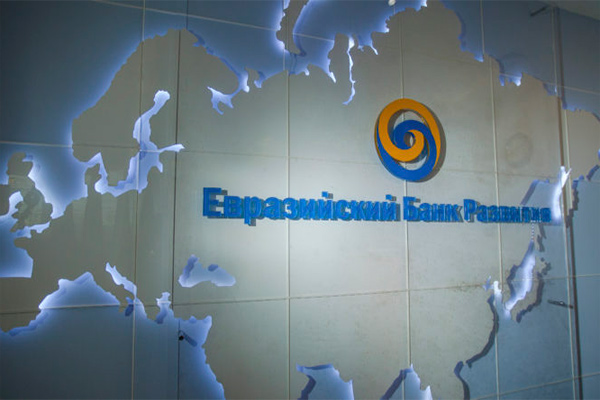
EADB: Eurasian Warehouse Sector Booms, Modern Facilities Grow by One-Third Since 2021
EADB: Eurasian Warehouse Sector Booms, Modern Facilities Grow by One-Third Since 2021
Tashkent, Uzbekistan (UzDaily.com) — The Eurasian region is experiencing a construction boom in the warehouse infrastructure sector, which experts at the Eurasian Development Bank (EADB) are calling the “opportunity of the decade.”
According to the Bank’s latest research, from 2021 to the first quarter of 2025, the total stock of modern warehouse space in the region increased from 44 to 58 million m².
Russia remains the leader in new warehouse capacity with 53 million m², setting records for new facility openings. In Central Asia, the South Caucasus, and Belarus, the combined modern warehouse area reached 5.4 million m².
Among the leaders in this subregion are Belarus (2.4 million m²), Kazakhstan (1.5 million m²), and Uzbekistan (0.6 million m²). Experts note signs of market overheating in these countries, including declining rental rates. Despite rapid growth, warehouse availability per capita remains extremely low — only 0.23 m² per person on average across ten countries in the region.
The EADB forecasts almost a twofold increase in demand for modern warehouse space by 2040, reaching 101–123 million m². This is linked to shifts in trade geography since 2022 and a catching-up growth effect. The volume of foreign trade in the region is expected to rise from 1.278 billion tons in 2023 to 1.420–1.809 billion tons by 2040, with an increasing share of non-commodity goods.
A key driver of sector growth is e-commerce. EADB predicts that by 2040, online sales could account for 20–25% of regional retail turnover, stimulating investments in fulfillment centers and urban “last-mile” warehouses.
EADB Chief Economist Evgeny Vinokurov emphasized that developing modern warehouse infrastructure directly enhances economic competitiveness, reduces costs, and accelerates product turnover.
He also highlighted the growing need for specialized warehouses, including cold storage and pharmaceutical facilities, as well as the role of industrialization in boosting demand for such properties.
Rising demand will require active development of multimodal hubs, dry ports, border terminals, and distribution centers along international transport corridors.
Retail will remain the largest consumer of warehouse space, requiring 73–87 million m² by 2040, while the e-commerce segment will increase demand by 23–27 million m².
To fully unlock the sector’s potential, EADB experts call for coordinated actions by governments, businesses, and international institutions. Priority measures include: standard unification, harmonization of customs procedures, implementation of digital platforms, accelerated construction of distribution centers and niche facilities, and development of public-private partnerships. Increasingly, “green” standards and ESG approaches are seen as crucial to attracting long-term institutional investors.
Implementing these measures will create a modern Eurasian transport and logistics framework, eliminate infrastructure bottlenecks, and enhance the region’s integration into global supply chains.
The Eurasian Development Bank (EADB) is a multilateral bank that promotes economic ties and comprehensive development of its member countries.